The Scoop on Poop: back by popular demand!
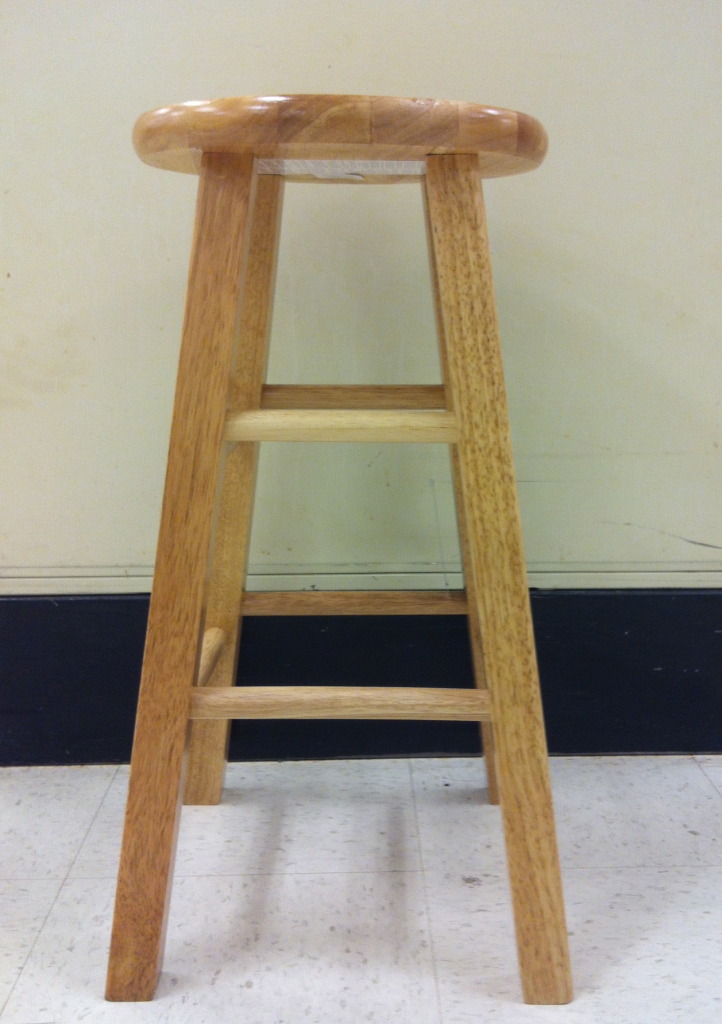
Admit it.
Before you became a parent, you never really gave much thought to other people’s poop.
Now you are captivated and can even discuss it over meal time: your child’s poop with its changing colors and consistency. Your vocabulary for poop has likely also changed. Before your baby’s birth, you probably used some grown-up word like “bowel movement” or “stool” or perhaps some “R” rated term not appropriate to this pediatric site.
We pediatricians have many conversations with new parents, and some not-so-new parents, about poop. Mostly this topic is of great interest to parents with newborns, but this issue come out at other milestones in a child’s life, namely when starting solid foods and during potty training.
Poop comes in three basic colors that are all equal signs of normal health: brown, yellow, and green. Newborn stool, while typically yellow and mustard like, can occasionally come out in the two other colors, even if what goes in, namely breast milk or formula, stays the same. The color change is more a reflection of how long the milk takes to pass through the intestines and how much bile acid gets mixed in with the developing poop.
Bad colors of poop are: red (blood), white (complete absence of color), and tarry black. Only the first stool that babies pass on the first day of life, called meconium, is always tarry black and is normal. At any other time of life, black tarry stools are abnormal and are a sign of potential internal bleeding. You should always discuss with your child’s doctor black poop, blood in poop (this is not normal), and white poop (which could indicate a liver problem).
Normal pooping behavior for a newborn can be grunting, turning red, crying, and generally appearing as if an explosion is about to occur. As long as what comes out after all this effort is a soft (normal poop should always be soft), then this behavior is normal. Other babies poop effortlessly and this, too, is normal.
Besides its color, another topic of intense fascination to many parents is the frequency and consistency of poop. This aspect is often tied in with questions about diarrhea and constipation. Here is the scoop:
It is normal for newborns to poop during or after every feeding, although not all babies go this often. This means that if your baby feeds 8-12 times a day, then she can have 8-12 poops a day. One reason that newborns are seen every few weeks in the pediatric office is to check that they are gaining weight normally. Good weight gain means that calories taken in are enough for growth and are not just being pooped out. While normal poop can be very soft and mushy, diarrhea is watery and prevents normal weight gain.
After the first few weeks of life, a change in pooping frequency can occur. Some formula fed babies will continue their frequent pooping while others decrease to once a day or even once every 2-3 days. Some breastfed babies actually decrease their poop frequency to once a week! These babies’ guts digest breast milk so efficiently that they are left with little waste product.
As long as these less-frequently-pooping babies are feeding well, not vomiting, acting well, have soft bellies rather than hard, distended bellies, and are growing normally, then parents and other caregivers can enjoy the less frequent diaper changes. Urine frequency should remain the same (at least 6 wet diapers every 24 hours, on average) and is a sign that your baby is adequately hydrated. Again, as long as what comes out in the end is soft, then your baby is not “constipated” but rather has “decreased poop frequency.”
True constipation is poop that is hard and comes out as either small hard pellets or a large hard mass. These poops are often painful to pass and can cause small tears in the anus. You should discuss true constipation with your child’s health care provider. A typical remedy, assuming that everything else about your baby is okay, is adding a bit of prune or apple juice, generally ½ to 1 ounce, to the formula bottle once or twice daily. True constipation in general is more common in formula-fed babies than breastfed babies.
Adding solid foods generally causes poop to become more firm or formed, but not always. It DOES always cause more odor and can also add color. Dr. Kardos still remembers her surprise over her eldest’s first “sweet potato poop” as she and her husband asked each other, “Will you look at that? Isn’t this exactly how it looked when he ATE it?” If constipation, meaning hard stools that are painful to pass, occurs during solid food introductions, you can usually help soften up the poop by giving more prunes and oatmeal and less rice and bananas.
Potty training can trigger constipation resulting from poop withholding. This withholding can result in backup in the intestines which leads to pain and poor eating. Children withhold for one of three main reasons:
- They are afraid of the toilet or potty seat.
- They had one painful poop and they resolve never to repeat the experience by trying to never go again.
- They are locked into a control issue with their parents. Recall the truism “You can lead a horse to water but you can’t make him drink.” This applies to potty training as well.
Treatment for stool withholding is to QUIT potty training for at least a few weeks and to ADD as much stool softening foods and drinks as possible. Good-for-poop drinks and foods include prune juice, apple juice, pear juice, water, fiber-rich breads and cereals, beans, fresh fruits and vegetables. Sometimes, under the guidance of your child’s health care provider, children need medical stool softeners or laxatives until they overcome their fear of pooping. For more information about potty training we refer you to our post with podcast on this subject.
Our goal with this blog post was to highlight some frequently-asked-about poop topics and to reassure that most things come out okay in the end. And that’s the real scoop.
Julie Kardos, MD and Naline Lai, MD
©2017 Two Peds in a Pod®
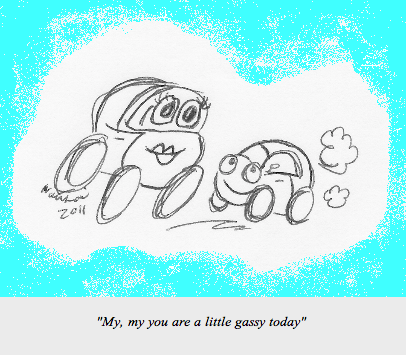
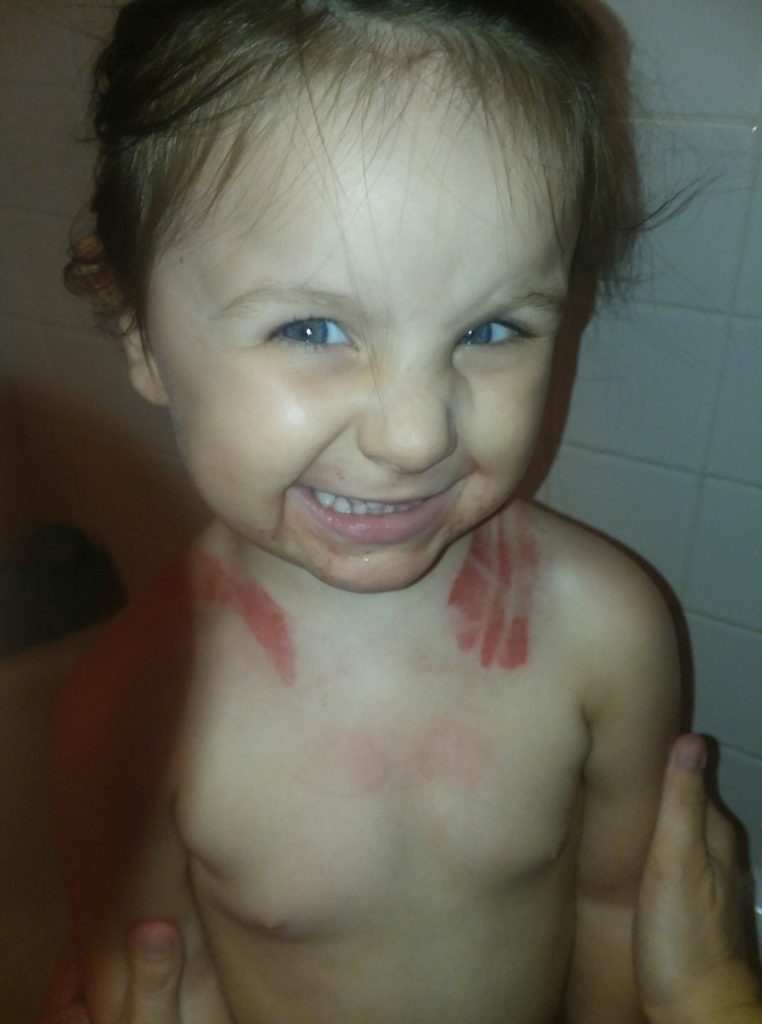

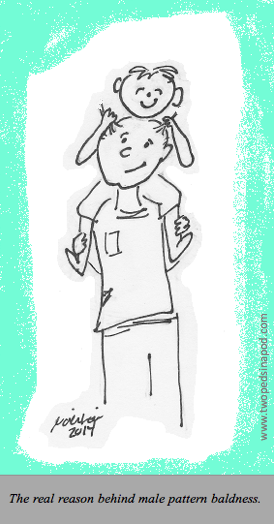
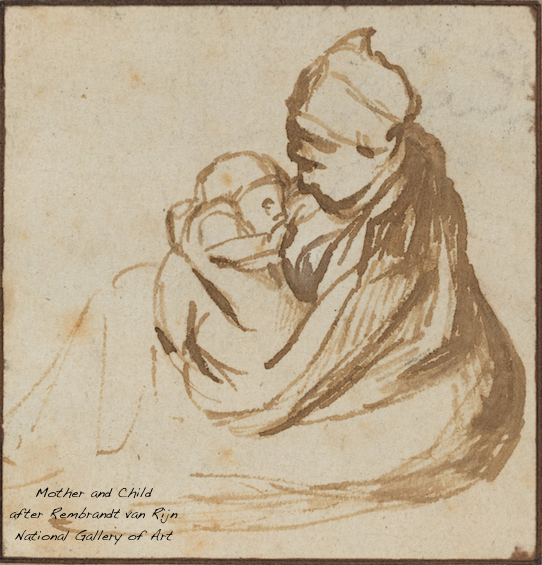


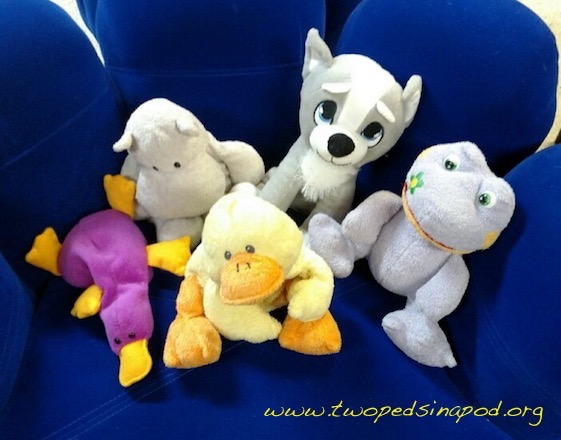
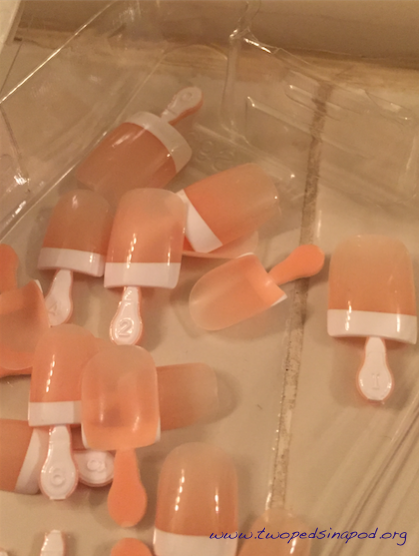
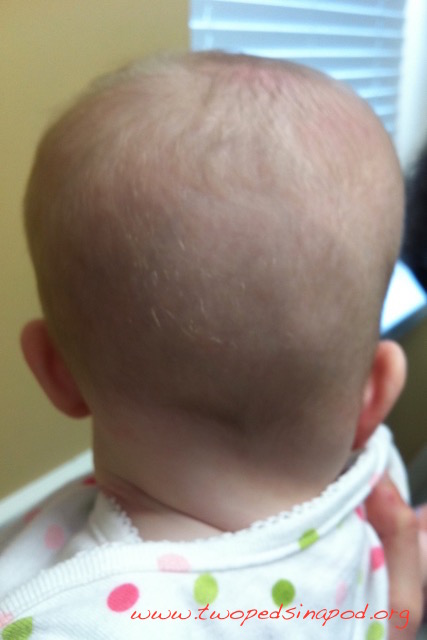 Squeezed through the birth canal, many babies are born with pointy, cone-shaped heads. Others, delivered by caesarian section, start off life with round heads. Few babies begin with a flat head. But as parents put babies on their backs to sleep in accordance with
Squeezed through the birth canal, many babies are born with pointy, cone-shaped heads. Others, delivered by caesarian section, start off life with round heads. Few babies begin with a flat head. But as parents put babies on their backs to sleep in accordance with